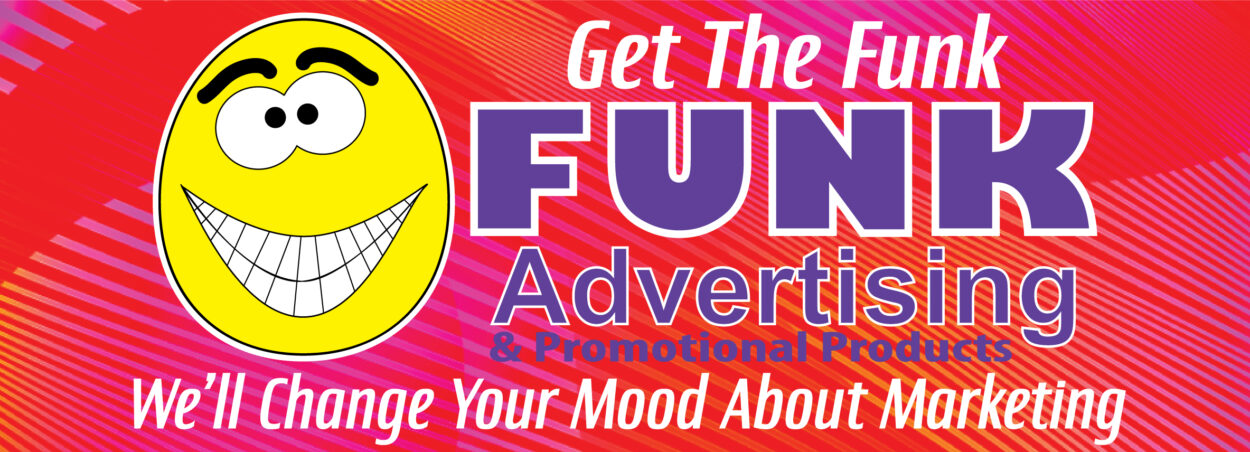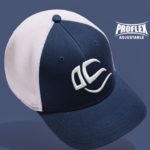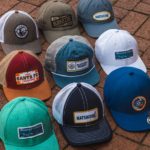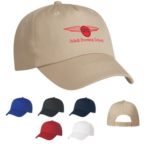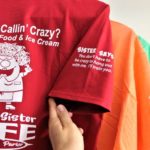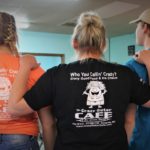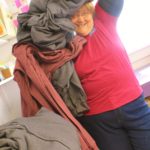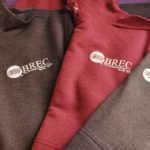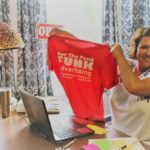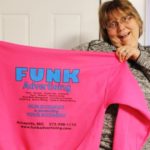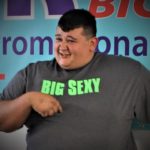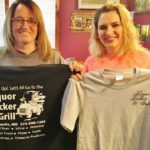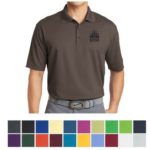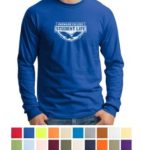
When it comes to ordering branded apparel, it’s easy to feel overwhelmed and even confused by all the possibilities.
At Funk Advertising, we take the hassle off your desk. We help you know what to order, and what makes the most sense for your branded apparel.
We are a quantity supplier, our orders start at 48 piece minimum, with the best pricing coming at 144+ pieces. We decorate everything from t-shirts to leather coats in quantities up to 25,000 pieces.
One call solves it all when it comes to logo’d apparel for your business, school, event or organization. We’ll make it all appear on your doorstep whether it’s screenprinted, debossed, dye sublimated or embroidered.
Here is a list of both materials and decoration methods. We’re here to help.
Get The Funk – We’ll Change Your Mood About Marketing. Talk to a real person, get real results.
405-612-1212 573-631-5661
Materials
- Cotton (a timeless classic; has been used to create clothing for more than 7,000 years)
- Organic Cotton (no synthetic fertilizers and toxins are used)
- Pima Cotton (strength and durability considerably higher than regular cotton)
- Ring Spun Cotton (more durable and more expensive than regular cotton)
- Polyester (a synthetic resin; fabrics and fibers are extremely strong)
- Canvas (usually made of cotton or linen, although historically it was made from hemp)
- Denim (known worldwide for its fit, ease and durability)
- Flannel (known for its softness; can be made of cotton or wool)
- Fleece (lightweight, warm, and soft, fleece has some of wool’s good qualities but weighs less)
- Jersey (properties make it perfect for creating dresses, stylish tops, comfy leggings, and more)
- Knit (comfortable, easy to sew, and travels beautifully)
- Pique (provides an embossed appearance resembling different patterns)
- Moisture-wicking (fabric pulls moisture from the body to the exterior of the shirt where it can evaporate more easily)
Decoration Methods
There are multiple ways to transfer your image or company logo onto the specific material you choose.
- Screen Printing: The process of printing by squeezing ink through screens allowing color to pass through open areas to create a design. Multi-colored designs are achieved using one screen for each color in the design. Pros: high-volume, quick-turn capacity, award-winning quality.
- Digital printing: A 4-color (Cyan, Magenta, Yellow and Black (CMYK)) process of printing directly from a computer file onto a garment. This method is most effective when attempting to reproduce realistic photos. It can also be used for graphic images that contain a wide variety of colors. Pros: best for photo-realism.
- Heat Transfer: The process of transferring a design from a specially treated paper to a garment using high temperatures. Heat transfers have an outline; it’s best if the outline is of a similar color to the fabric it’s applied to. Pros: Perfect for small runs, lightweight fabrics and multi-color logos.
- Laser Etching: A process that uses laser technology to etch or burn a mark on a fabric surface. This technique works best on smooth, medium shade garments. Pros: great at achieving small detail, and taking advantage of unique placements.
- Laser Appliqué: A laser beam is used to cut single or multiple fabric layers revealing a fine, detailed design. Produced on a laser machine using a foam-like tech fabric to outline lettering and simple logo designs, or as a base layer to twill fabric to add dimension to a design. Pros: adds visual interest and can reduce stitch counts in full-size designs and large fill areas.
- Dye Sublimation: A type of transfer in which dyes, rather than inks, are used to transfer a design onto a substrate with a combination of heat and pressure. The dyes vaporize and are absorbed by polyester fibers. Pros: Unlimited color combos useful for complex logos and images.
- Embroidery: Logos are digitized and run on embroidery machines and are applied to garments via stitching. Pros: Eye-catching, make your logo pop in 3D.
- Debossing: A process in which fabrics are engraved with the use of heat rollers under pressure to produce a concave/ sunken design on the fabric surface. Pros: subtle look with exceptional detail.
- Embossing: A process in which fabrics are engraved with the use of heated rollers under pressure to produce a raised design on the fabric surface. Pros: Professional, 3D look and feel.
